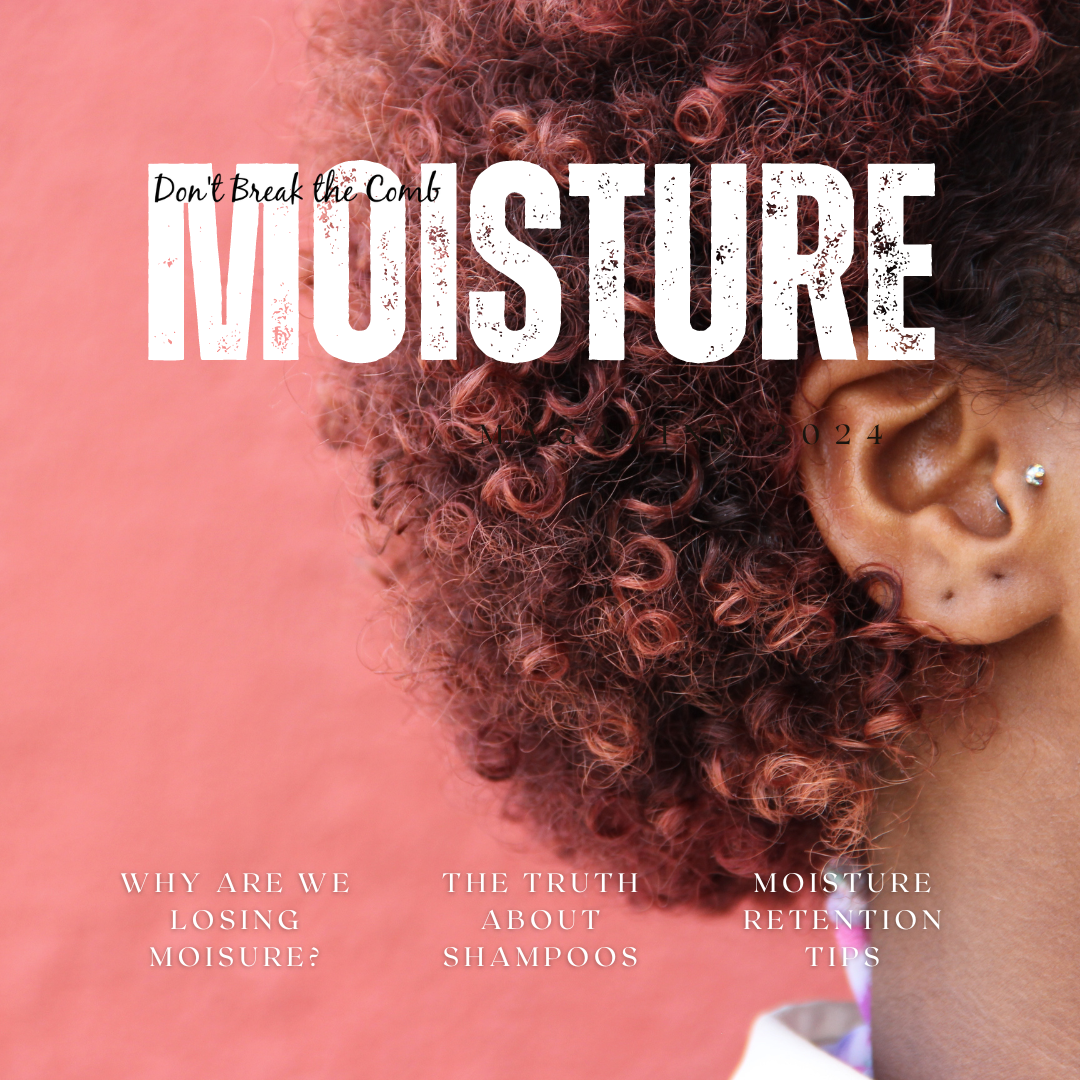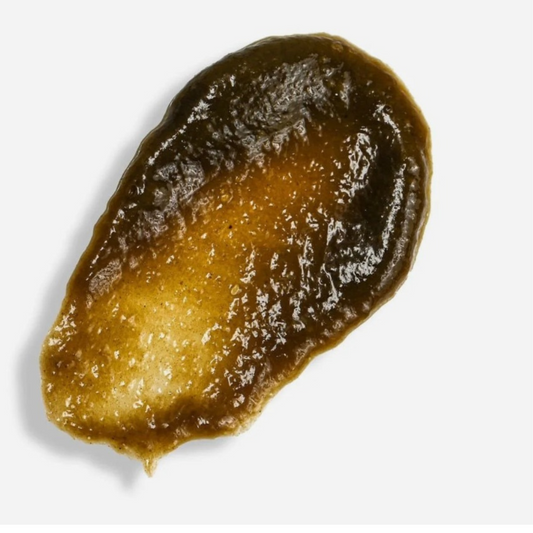
How to Retain Daily Moisture in Afro-textured Hair | The Ultimate Guide
Share

Whether you are Afro-Caribbean, African American, from the mother continent or living in Europe and Asia, you KNOW the daily struggle that you've faced keeping your kinky and coily textures moisturized. (Big sigh)
You also know the authentic beauty that rests on a head like yours. Our Afro-textured hair is beautiful, and beauty often comes with a cross, like a rose with thorns. In this case, our hair’s spiraling structure makes it the 'Recipient of the Driest Hair of the Year Award' (Awkward cheer). Some days are so bad that you can swear that ‘dryness’ is stamped on your forehead, and that this is the rest of your life, but let’s talk about SOLUTIONS. Let’s talk about oasis-in-the-dessert solutions.
You CAN attain good, lingering moisture with the right combination of techniques, products and routines that also keeps your natural hair healthy, vivacious and strong. Here’s how!

Why Is Your Hair Losing Moisture?
If your hair has a tighter curls and coils pattern, it is harder for the natural oils produced by your scalp to spiral down the hair shaft, a difficulty that causes more dryness in this hair pattern than looser curls. However, that's not all. Do take into consideration other factors: styling preferences, heat exposure and the environment.
Do not worry. There are a few steps that you can take on a day-to-day basis that will help to lock in moisture and improve your natural hair’s overall health.

Step 1 | Choose a Cleanser that is Hydrating.
Wash day is the foundation of hydration. Therefore, it is necessary to cleanse your hair with a gentle, non-stripping shampoo. Remember, it is difficult for those natural oils. Choose shampoos that are free of sulfates and contain moisture-boosting ingredients like aloe vera, honey or shea butter.
Pro Tip
Wash weekly or every two weeks. You can over wash, removing those natural oils.

Step 2 | Don’t Skip the Deep Conditioning
Condition yourself to replenish your hair’s nutrients after you have gotten rid of the old product build up, dandruff, sweat and other usual suspects. Conditioning takes time. Keep the conditioner in for about 10 minutes and up to 20 minutes at least weekly for deeper saturation and that desire hydration.
Pro Tip
Bag your hair to use your head’s natural heat or sit under a hooded dryer. Heat opens up the cuticles for a deeper thirst-quenching drink for your strands. Use products with fatty oils like coconut, avocado and argan oils to support your hair’s nourishment.

Step 3 | Layer Your Products to Lock in Daily Moisture (L.O.C Method)
Keeping natural hair moisturized all day long is a s simple as 1, 2 and 3. The L.O.C. Method was formulated by Rochelle Graham, founder of Alikay Naturals. This game-changing, three-step process goes like this:
L-Liquid
Begin with water or a water-based leave-in conditioner. Why water, it is one of the best natural moisturizers on the market. Dampen your hair in this first step.
O-Oil
Follow up the water-based leave-in with an oil. This way your sebum or natural oil from the scalp has the assistance it's been crying out for all along. Jojoba Oil, Castor Oil, Olive Oil helps to seal in that moisture before it disappears.
C-Cream
The grand finale for this method is the cream or butter like shea lock it all in and add additional nourishment.
Pro Tip
This is all hair type method and can be customized to benefit your hair’s porosity. Use lighter oils for low-porosity hair and heavier oil for high-porosity hair. If your pillowcase, has a stamp of oils and butters, you have used too much product.

Step 4 | Rehydrate Throughout the Day
Keeping moisture levels at a peak depends on the climate you encounter on a daily basis whether internally (air conditioning) or externally (tropical sun).
Mist your hair with a concoction of water, leave-in conditioner or aloe vera. Add this to a travel size, keep in your bag water bottle and mist your hair as if it were a plant throughout the day when needed.
Do small oil touch-ups on your edges and ends when needed.
Pro Tip
Paying attention to the ends or oldest parts of your hair helps to minimize

Step 5 | Protect Your Hair Before Sleeping
If you don’t want dryness and breakage to become your worst nightmares as you sleep, you need to upgrade your night routine. Protect your hair and its moisture by doing the following:
Use a Satin or Silk Bonnet or Pillowcase.
Cotton pillowcases will drink from the moisture you’ve stored up during the day, so a minor adjustment to the material you keep closest to your hair while you blissfully dream makes a huge difference.
Use the Pineapple Method
If your hair is longer you can preserve your curls and its moisture by piling them loosely on top of your head with a non-abrasive scrunchie.
Hydrate before going to bed.
Mist for a final time. Rehydrate your twists, cornrows or loose hair (to mold it into the desired style for the next day).
Pro Tip
If you participate in light acrobatics during your sleep, opt for satin or silk pillowcases instead of bonnets. Try not to tie bonnets too tightly. This way you won’t have that mark across your forehead that refuse to move until midday.

What are your favorite, moisture-retention tips? Let us know in the comments below.








